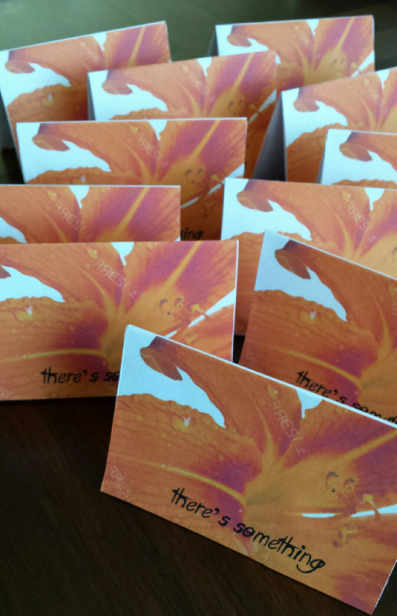I love the books I publish at catkin press. The latest is a wonderful memoir in haibun by Haiku Canada member Hans Jongman, with a section by his wife Farida.
As soon as I started to read the manuscript I knew I wanted this for a catkin book, but as I continued reading, I was captured by story, the haiku between the prose, the sense of a long deep relationship. It is punctuated with pathos and humour, and wanders all around the world. Photos enhance the sections well, as in this one in which all his sixteen-year-old hopes and vulnerability on his first sea voyage are apparent.
Farida’s written contribution (as opposed to her part in the overall story) leads to the later sections and the possibility of resolving a longtime situation.
I don’t want to say too much, except that it is mystery and a bit of treasure hunt for the things that really matter in life.
Hans’ peripatetic life began in Holland in 1951, and before eventually settling in Toronto, goes to sea, takes flights, car journeys. It keeps longtime friends, falls in love, has children and grandchildren, as many do. But his and Farida’s together make an extra intriguing literary intertwining.
He gets out of the haibun form all that Basho meant the form to produce; haibun adds lightness and space and the opportunity for the reader to breathe, and to add their own connotations. The text has several titled sections, such as one called “The Most Beautiful Eyes”, and another, “To Sea”
When Farida (the owner of the beautiful eyes) writes, the tale is succinct, easy to follow. 
Not haibun, just good straight effective prose. She says what she has to say, what she wants to tell, cleanly. No flounces or purple language here. Though not known as a writer, I think she should consider writing more in the future.
Read this book also for a picture of what it was to be a teenager in Holland in the 60s, for the situation of a young woman who loses her mother and is cut off from family. This book isn’t only for those who know the haibun form; anyone who enjoys a good read will love it.
On the extra benefit side, the haibun form may, because of SWOONING discover a new cohort of followers when they find what an accessible form it is and how subtly the haiku enhance the overall writing.





